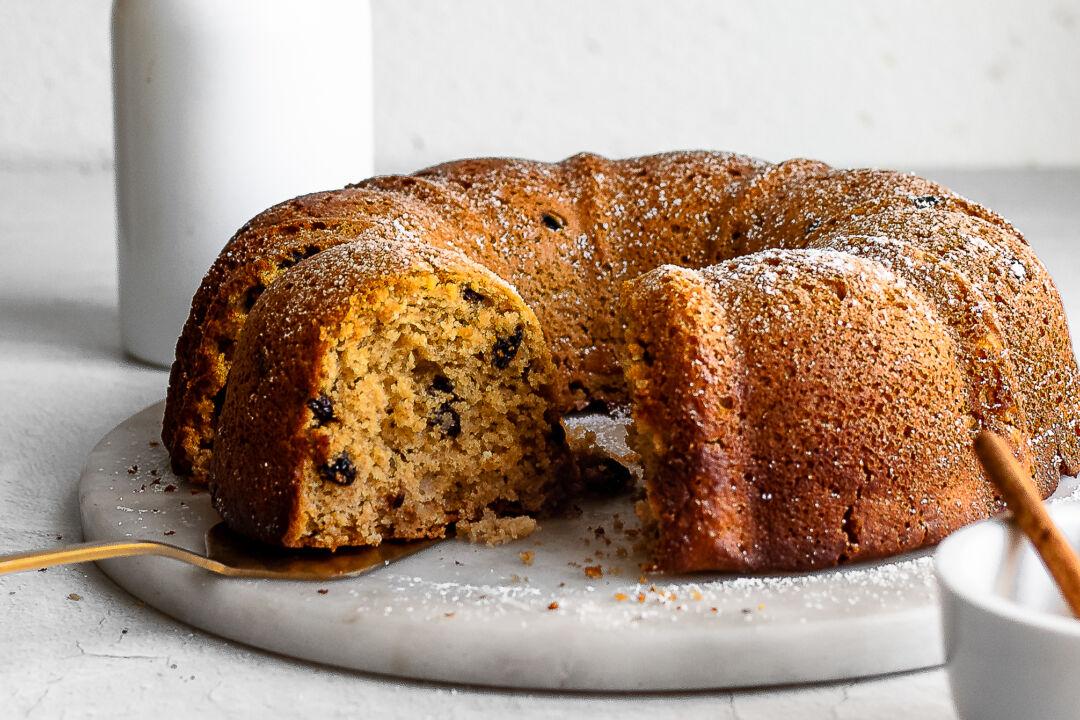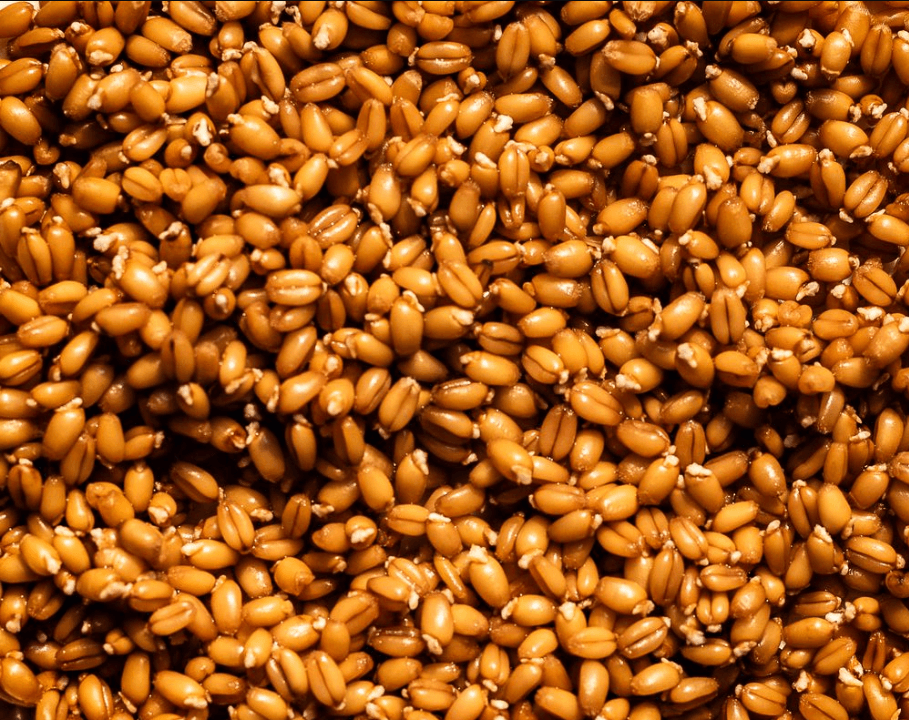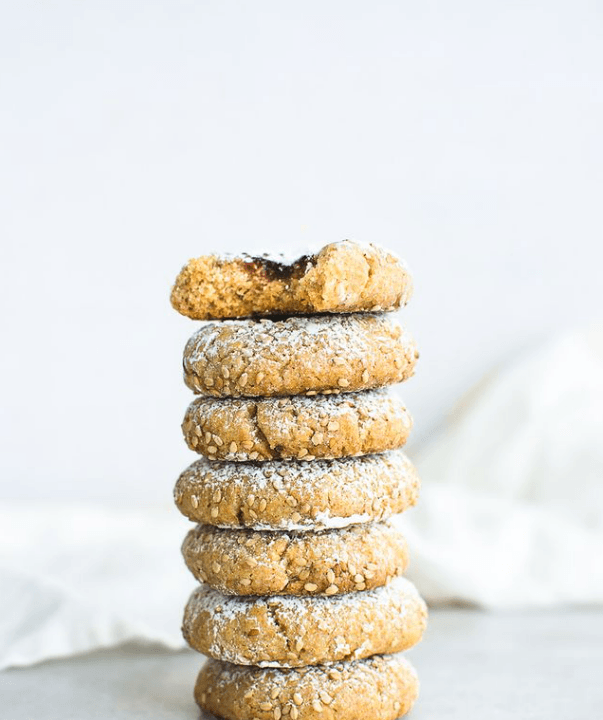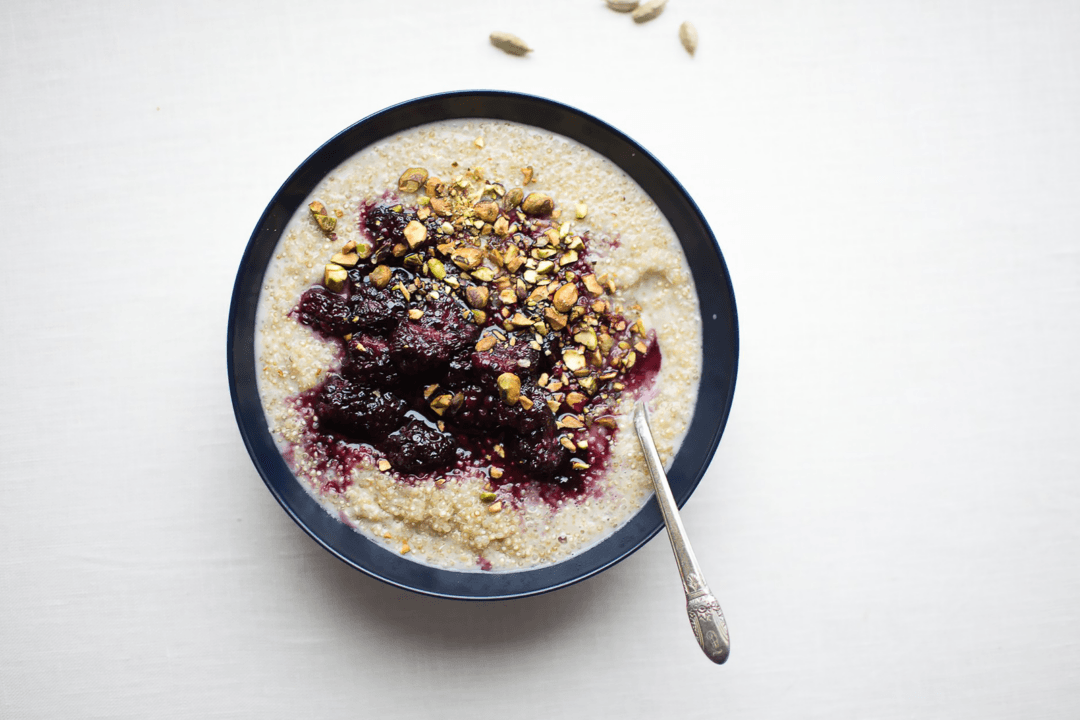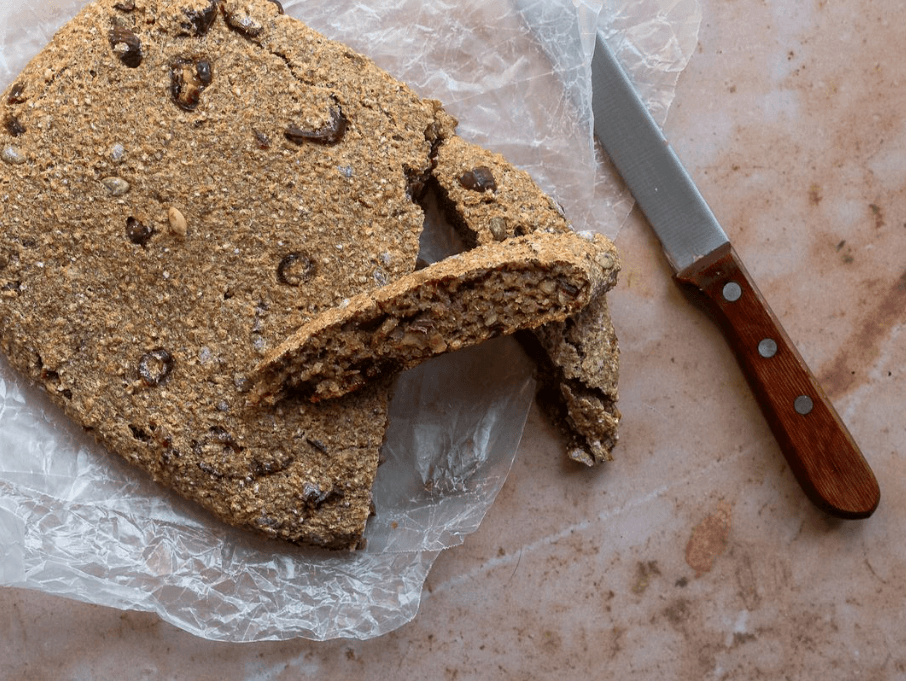Nervous about election season this year? You’re not the only one. But no matter which way the vote swings this November, there will always be cake. A once-forgotten cake is making a comeback, just in time for Election Day.
You may not know it, but at one time, cake served a vital role on Election Day. Appropriately named election cake, this centuries-old boozy spice cake was once baked in quantities large enough to feed a town. More than a dessert, it honors American culinary heritage and the bond of communities through food. It recalls a time when civic engagement united people in the most delicious way possible.

